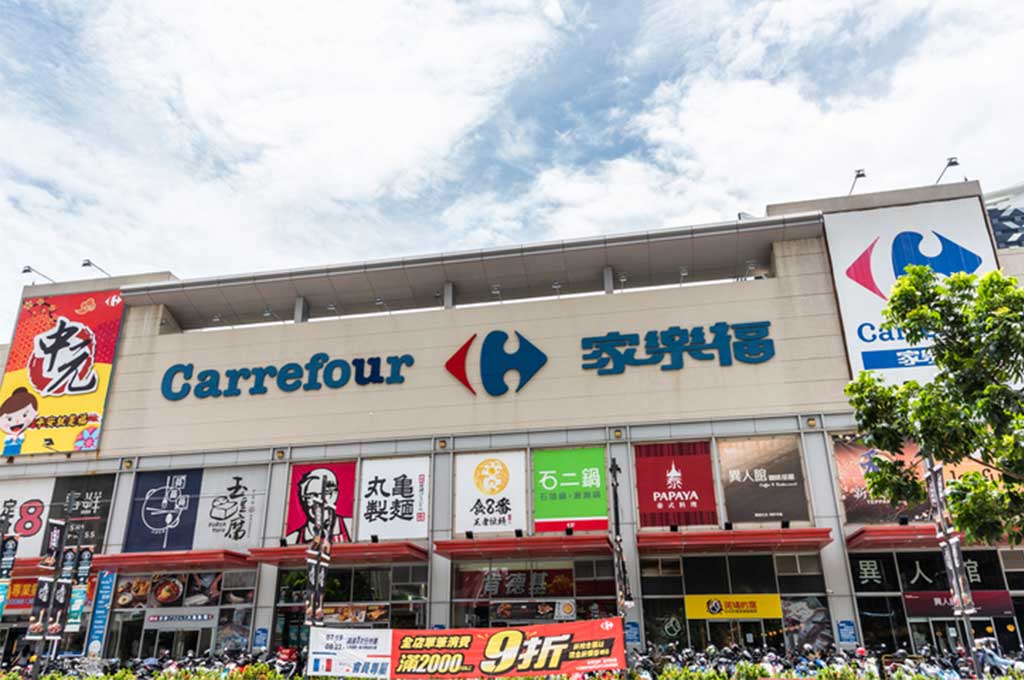
IESE Insight
How HQ crises disrupt global retail operations
Research on what goes wrong for subsidiaries when shocks are felt at headquarters uncovers keys to resilience for multinational firms.
We all take the multinational business model for granted. But it’s worth asking why vast, complex corporate hierarchies spanning dozens of countries are still the dominant model.
One reason is internal capital markets: the ability of multinationals to move resources across divisions, rather than relying on outside sources like local banks.
In good times, this works. But how do internal capital markets behave under stress? In a study with Timo Sohl and Brian T. McCann, IESE’s Govert Vroom shows how foreign subsidiaries can suffer disproportionately when a crisis hits a firm’s headquarters.
The power and vulnerability of internal capital markets
In theory, internal capital offers a significant advantage. If managers in Spain have a business idea, they might secure funding more easily from their company’s headquarters in France than from a local bank. Headquarters know their people, understand their business context and can allocate resources based on trust and a long-term vision.
The authors analyzed investment and expansion patterns across major multinational retailers such as Carrefour, Walmart and Aldi, showing that when a crisis hits the headquarters’ home country, investment slows not only at home but abroad. Subsidiaries in stable markets stop expanding, not because of local constraints but because capital has dried up at the center.
The effect is particularly pronounced during systemic banking crises, when liquidity is tight and HQ must consolidate. Subsidiaries that were previously growing, opening new stores or launching local initiatives suddenly stall.
Some of this turning inward is rational: Companies naturally protect their core markets in turbulent times. If France is Carrefour’s top revenue generator, then it makes sense for HQ to concentrate resources at home during a crisis.
But the study also points to behavioral dynamics. Headquarters may emotionally prioritize their domestic market out of cultural familiarity, national pride or simply stronger personal ties. In doing so, they may underinvest in promising foreign markets where growth is feasible.
Not all subsidiaries are affected equally
The research identifies three factors that determine how strongly a crisis at HQ impacts a foreign division:
- Essential vs. nonessential products. Subsidiaries of parent companies that focus on essential goods, such as food, experience fewer disruptions. During downturns, demand for staple goods remains relatively strong, so parent companies in these sectors feel less financial stress and continue to support foreign divisions. In contrast, companies focused on discretionary goods are more exposed to demand shocks, making them more likely to cut back on foreign investment.
- Geographic proximity. Distance still matters. Subsidiaries closer to headquarters tend to maintain stronger personal relationships and communication channels. These relational proximities translate into greater trust and influence during crisis decision-making. More distant subsidiaries are more likely to be deprioritized, despite the many digital tools that keep us all connected.
- Organizational structure: centralized vs. decentralized. Finally, organizational design plays a role. Highly centralized firms, where headquarters tightly control capital allocation, tend to suffer more extensive internal contagion. In contrast, decentralized or holding company structures, which grant divisions greater autonomy, often secure funding locally and are, therefore, more insulated from financial troubles at HQ. While this may limit cross-subsidization in good times, it provides stability when the center is under stress.
Implications for multinational strategy
So, how should multinationals evolve? Over the past two decades, global supply chains, particularly in automotive, textiles and pharmaceuticals, have become highly centralized, requiring strong coordination from corporate headquarters. But rising tariffs and geopolitical shifts are making that model harder to sustain. Multinational firms must reassess their structural choices and also the behavioral dynamics that can jeopardize growth.
This research challenges a long-held assumption that internal capital markets are always a strength. It shows that, while internal capital markets are efficient in stable times, they can just as easily transmit risk in a crisis. The balance between dependence and autonomy is crucial.
For multinational firms, here are a few strategy hacks:
- Diversify decision-making. Empowering regional leaders can buffer against shocks. This applies to the managerial attention given to marketing, operations and R&D as much as to financial matters. Consider decentralizing with a holding company structure.
- Foster local capital access. Encouraging subsidiaries to build relationships with local lenders before a crisis can improve resilience.
- Be aware of bias. Crisis responses should be guided by data, not just emotional ties to home markets.
This article is included in IESE Business School Insight online magazine No. 170 (Sept.-Dec. 2025).
READ ALSO: How local economic policies shape global business

